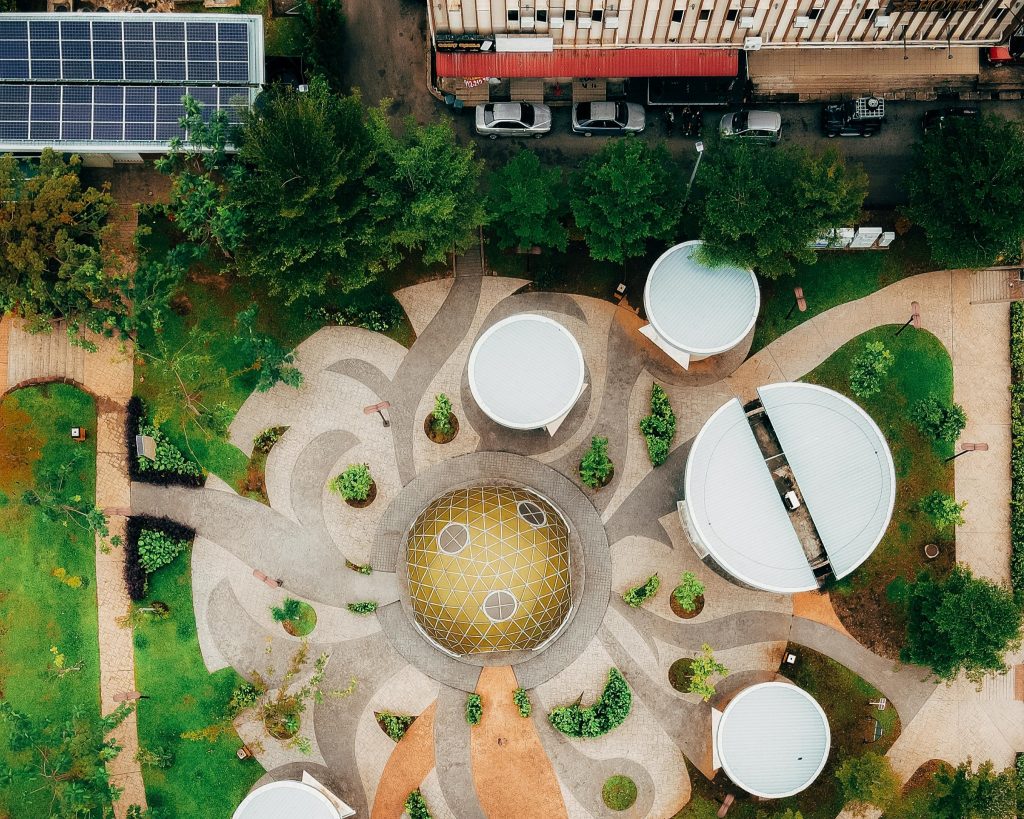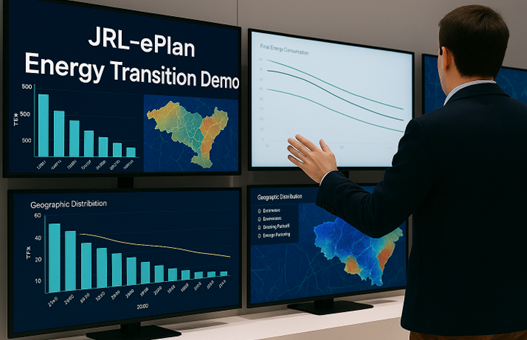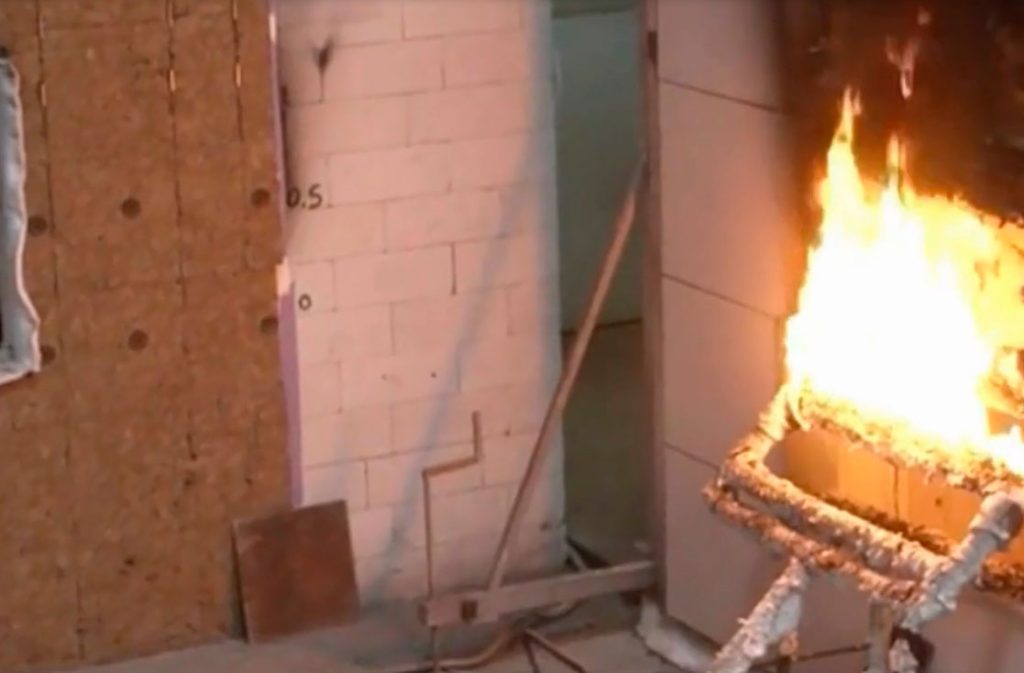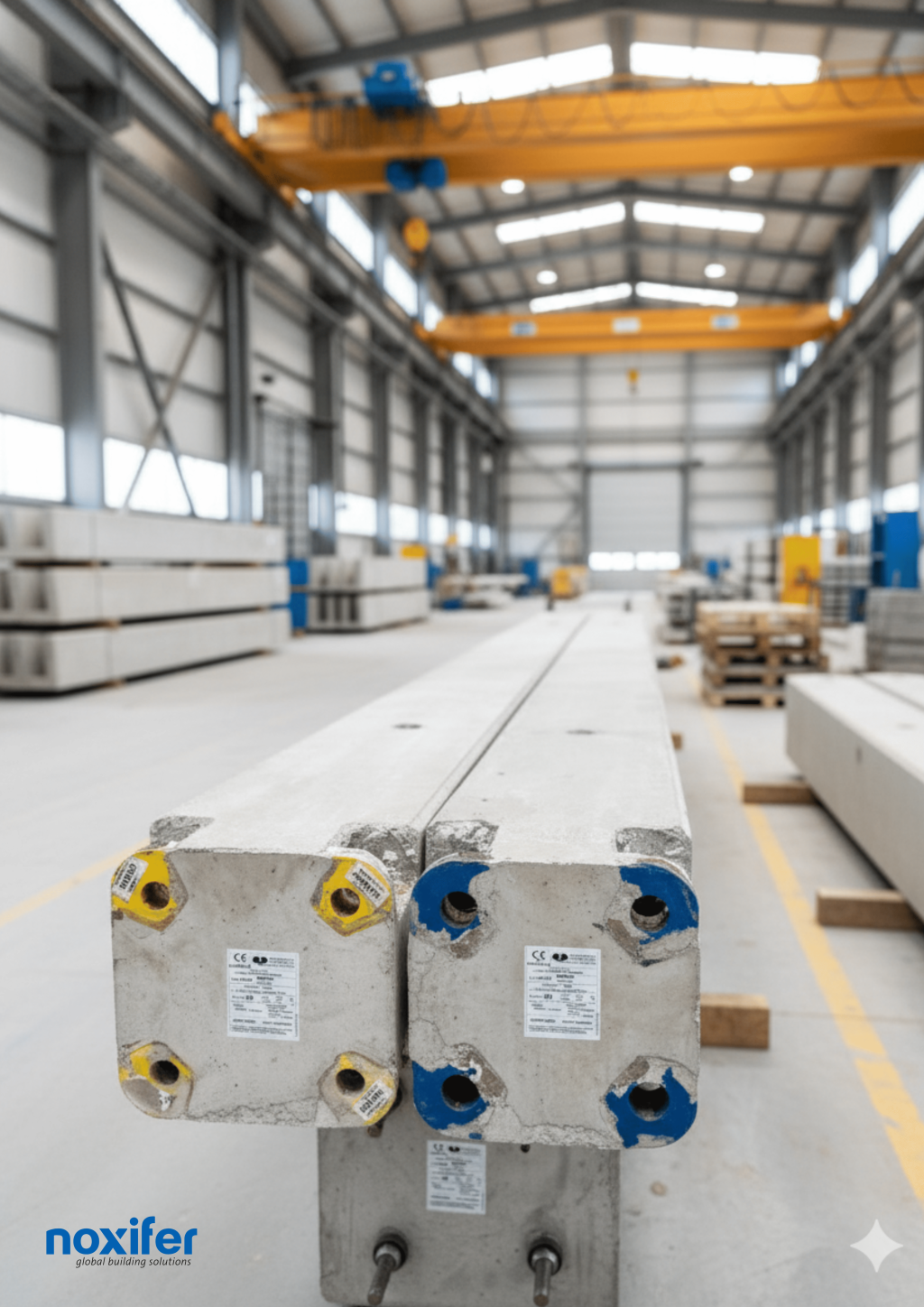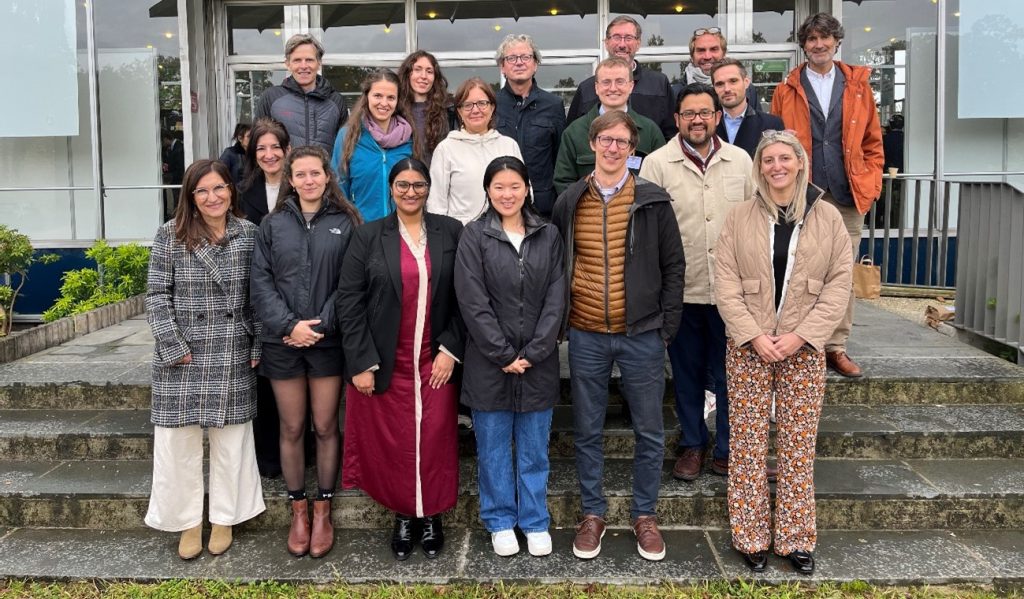“We collaborate in the search for innovative and efficient solutions based on the circular economy for the construction sector”
Construction and demolition waste (CDW) is, by volume, the largest waste stream in the European Union with 350 Mt/year of CDW, excluding excavation waste
The ICEBERG initiative, led by TECNALIA, aims to develop and demonstrate innovative and cost-effective solutions for the recovery of secondary construction raw materials throughout the entire circular value chain.
The European Commission, as part of its strategy towards a sustainable economy, adopted a new Circular Economy Package in 2015, which also covers building materials. In this context, the construction sector needs to improve its waste management practices.
There are multiple benefits that recycled materials and the proper management of CDW can provide: from sustainability and improving people's quality of life, to the economic benefit for the construction and recycling sectors, given the growing demand for recycled building materials.
ICEBERG Initiative
More specifically, the ICEBERG initiative will develop and demonstrate solutions in the following areas:
- Advanced technologies for the production of secondary raw materials with high purity (>92% p) and recycled content (between 30% and 100%). It will be carried out through six pilot case studies, covering the circularity of materials, such as wood, concrete, mixed aggregate, gypsum boards, glass, polymeric insulating foams and inorganic superinsulation materials.
- Smart cross-cutting solutions encompassing innovative circular reverse logistics strategies, such as an improved BIM-assisted smart demolition tool.
- Innovative Technologies for the recovery of materials at the end of their useful life (EBM).
In addition to coordinating the project in which 35 companies are participating, TECNALIA will provide digital tools for traceability and improved circularity.
Further information
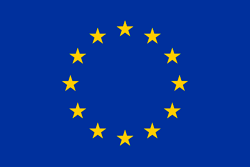
This project has received funding from the Horizon 2020 EU research and innovation program, in accordance with Subsidy Agreement number 869336.


